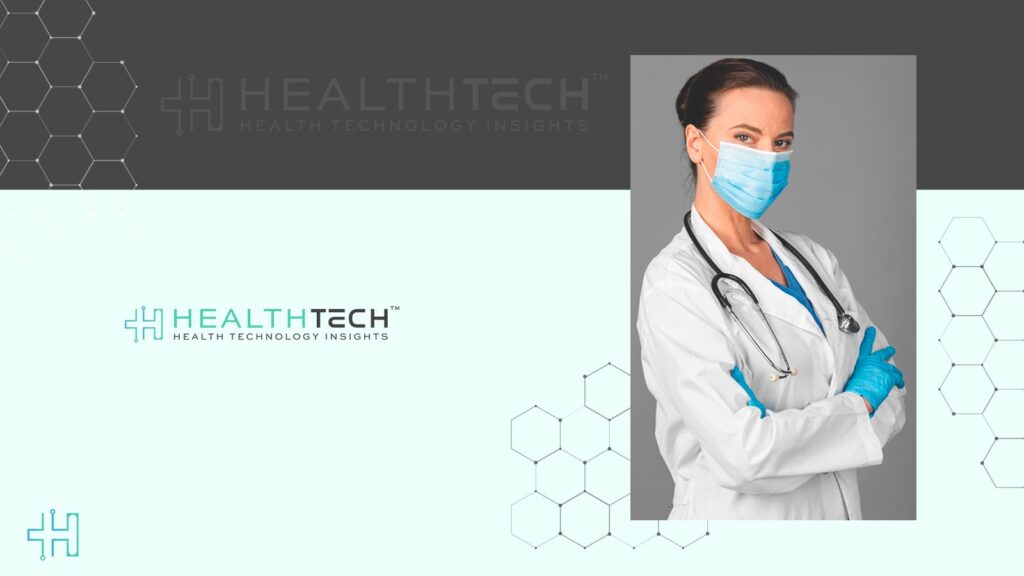New data shared at the 14th C1-inhibitor Deficiency & Angioedema Workshop supports berotralstat use at all stages of life
BioCryst Pharmaceuticals, Inc. announced new data which highlights the reduction in the percentage of days with hereditary angioedema (HAE) symptoms among young children initiating berotralstat in the APeX-P trial, and the broad safety and efficacy outcomes observed across all age groups of patients taking ORLADEYO to prevent HAE attacks.
Health Technology Insights: Vivodyne Raises $40Million to Replace Animal Testing in Drug Trials
“These data underscore the potential of our oral, once-daily prophylactic treatment to deliver consistent, meaningful benefits for people living with HAE across all stages of life. From young children to adolescents and adults, ORLADEYO continues to show strong efficacy and tolerability, helping patients experience more days free from attacks. These clinical and real-world results give me confidence that we can continue to have a very positive impact on advancing care for all those living with HAE, regardless of their age,” said Helen Thackray, chief research and development officer at BioCryst.
The following three studies are being presented at the 14th C1-Inhibitor Deficiency & Angioedema Workshop in Budapest, Hungary from May 29–June 1, 2025.
- Reduction in Percentage of Days with Angioedema Symptoms Among Young Children Initiating Berotralstat – Interim Results from ApeX-P
Oral Presentation – Session IV – Saturday, May 31 – 10:30 – 12:45 (12:00-12:15)
The ongoing open-label APeX-P study is evaluating berotralstat in children aged 2 to 11 years with HAE. There were four weight-based cohorts. Cohort 1 from these interim results received 150 mg capsules daily, while cohorts 2–4 received daily oral granule doses of 108, 96, and 78 mg, respectively. The median age was 8 years (range: 3–11), with disease onset typically between ages 2–6 years. Prior to enrollment, patients reported a mean (SD) of 18.0 (20.5) missed school days annually due to HAE. While on berotralstat, at least half of patients were attack-free each month. The percentage of days with angioedema symptoms dropped from a mean (SD) of 11 percent (9.4 percent) during the standard-of-care period, measured pre-study, to 4.0 percent (4.7 percent) over 12 weeks, with this improvement sustained up to 48 weeks. The most common treatment emergent adverse events (TEAEs) were nasopharyngitis, upper respiratory tract infection and headache. These interim findings suggest berotralstat may help children with HAE experience fewer symptoms and a more normal daily life.
- Berotralstat for the Prevention of Hereditary Angioedema Attacks: Results from the Italian Expanded Access Program
Oral Presentation – Session VI- Sunday, June 1 – 08:00 – 09:30 (09:00-09:15)
In the Italian expanded access program (EAP), 22 patients received berotralstat free of charge until commercial availability, with an additional 12 weeks of treatment to ensure continuity. Safety was monitored throughout, and data on breakthrough attacks, disease control, and quality of life (QoL) were collected.
Health Technology Insights: SoundHound AI, Allina Health Launch AI for Patient Engagement
Among 12 patients with available data, median (mean) Angioedema Control Test (AECT) scores improved from 11.5 (12.8) at baseline to 13.0 (14.0) at month three and 16.0 (14.8) at month six, indicating better disease control. Median (mean) AE-QoL total scores decreased from 45.0 (42.3) at baseline to 40.0 (37.6) at month three and 36.2 (34.0) at month six, reflecting clinically meaningful improvements in QoL.
All 15 patients still enrolled at program closure transitioned to commercially available ORLADEYO. The treatment was associated with a consistently low HAE attack rate, improved disease control and a safety profile consistent with clinical trial findings.
- Tolerability and Effectiveness of Berotralstat for Prophylaxis in Adolescents with Hereditary Angioedema: subgroup analysis of the Berolife Study
Oral Presentation – Session VI – Sunday June 1 – 08:00-9:30 (08:30-08:45)
The Berolife study, a real-world observational study in France, assessed the tolerability and effectiveness of berotralstat in patients with HAE, including a subgroup of adolescents (aged 12–17) who received 150 mg once daily.
The mean (SD) baseline attack rate was 1.8 (1.1) attacks/month (median: 1.8), based on the six months prior to enrolment. After six months of treatment, the median monthly attack rate decreased to 0.55 (from 2.25 at baseline), with similar reductions sustained at 12 and 18 months. TEAEs in adolescents were consistent with those seen in the overall Berolife population and in the APeX-2 and APeX-S clinical trials.
These findings support berotralstat as an effective and well-tolerated long-term prophylactic option for adolescents with HAE.
Health Technology Insights: Juno Health, Multiview Partner to Streamline Healthcare Finance
To participate in our interviews, please write to our HealthTech Media Room at sudipto@intentamplify.com
Source – GlobeNewswire


